If you think that Hudson Square isn’t a real neighborhood, the relentless branding of the Hudson Square Business Improvement District would like a word. In fact, this part of Manhattan has been its own distinct neighborhood since 1767, though back then, it was named Richmond Hill after the 26 acre colonial estate that sat at its center. Today, Hudson Square’s borders are Clarkson Street to the north, Canal Street to the south, 6th Avenue to the east, and West Street to the west, making it the Nevada of neighborhoods.
OLD JAN
John Sayles and his wife, Phillip (yes) were among the first wave of settlers to the Massachusetts colony in 1630. In 1633, John was convicted for stealing corn, fish, and clapboards, and, as punishment, he was whipped and bound into servitude for three years.
In 1638, John moved to New Amsterdam and embarked on the time-honored New York tradition of forging a new identity for himself. John, now known as Jan Celes, received a lease to occupy a plantation just north of Rutgers Swamp, later known as Old Jan's Land.
Though Jan had a new name and a new piece of land, he couldn’t leave his old ways behind and soon found himself embroiled in a litany of court cases.
According to court records, in November of 1638, his neighbor sued him for the damage inflicted on his property by Jan’s hogs. Shortly after, he was sued for failure to pay for some peas. In 1642, perhaps in retaliation for the earlier lawsuit, Jan shot some of his neighbor’s hogs. Then, he was sued for slander. In 1643, he was sued again for failing to pay for some tobacco and for neglecting to pay for work he had contracted.
Jan was also known for purposefully driving livestock into his swamp, where they would get helplessly stuck in the mud, and he would butcher them. Jan had to pay a fine of 25 guilders and court costs after a neighbor, who went by “Little Manuel”, sued him for “cutting his cow with a chopping knife.”
The years of hog shooting and cow cutting took their toll, and “Old” Jan died in 1645 at the age of 48.
RICHMOND HILL
In 1705, Queen Anne granted Trinity Church 215 acres of land in Manhattan, including Old Jan’s farm. Major Abraham Mortier, paymaster of the British army, secured a 99-year lease on a parcel of that land from the church and, in 1767, built the Richmond Hill estate.
For a while, the building served as George Washington’s headquarters and, later, as the official residence of VP John Adams, whose wife, Abigail, said, “In natural beauty, it might vie with the most delicious spot I ever saw.”
Upon my right hand are fields beautifully variegated with grass and grain, to a great extent, like the valley of the Honiton in Devonshire. Upon my left the city opens to view, intercepted here and there by a rising mound and an ancient oak. In front beyond the Hudson, the Jersey shores present the exuberance of a rich, well cultivated soil. In the background is a large flower-garden, enclosed with a hedge and some very handsome trees. Venerable oaks and broken ground covered with wild shrubs surround me, giving a natural beauty to the spot, which is truly enchanting. A lovely variety of birds serenade me morning and evening, rejoicing in their liberty and security
Some things never change.
Eventually, in 1794, Aaron Burr bought the country estate, which he used for “lavish entertainment” and “as a brilliant background for furthering his ambitions.” Unfortunately for Burr, those ambitions led him across the river and into an ill-advised duel with his rival, Alexander Hamilton. Facing potential murder charges and shunned by the high society hob knobbers he used to entertain, Burr left New York and Richmond Hill behind.
Fur magnate, opium smuggler, and America’s first multi-millionaire, John Jacob Astor, soon took control of the estate and began to develop it, building many of the homes that still stand today. The Charlton–King–Vandam Historic District has the city's largest concentration of Federal Style row houses.
In 1820, Astor had the Richmond Hill house set upon logs and rolled down the hill to the southeast corner of Varick and Charlton. The house opened as a public resort in 1822, then as a theater, an Italian Opera House, and a horse ring before spending its last years as a “common saloon.” The building was razed in 1849.
TUNNEL VISION
In the middle of Hudson Square is the Manhattan entry to the Holland Tunnel. It’s hard to believe that this dank, gridlocked tunnel burrowing 93 feet under the Hudson River is a National Historic Landmark, but it earned that status in 1993 when it was cited as the world's first "mechanically ventilated underwater vehicular tunnel.”
By the beginning of the 20th century, Manhattan’s population was exploding, and the ferries that brought people and goods across the Hudson could not keep up with the demand. In 1906, New York and New Jersey each created a commission to investigate the feasibility of constructing a bridge over the Hudson.
After a review, it was estimated that constructing a bridge at 57th Street would cost $42 million, while a tunnel at Canal Street would cost $11 million, making the decision easy. Of course, the Holland Tunnel would end up costing more than $48 million, but on paper, at least, it was a bargain.
At the time, no long tunnels designed for automobiles had ever been built. New York City’s existing tunnels accommodated trains and subways, but those didn’t have to account for the toxic carbon monoxide produced by the internal combustion engine.
In 1919, self-proclaimed “tunnel man” Clifford Holland was appointed chief engineer for the Hudson River Vehicular Tunnel project. Holland had already built several subway tubes, including those that ran under the East River.
“When Clifford M. Holland talks tunnels, his listener is in danger of being convinced that tunnels are the only refuge for mankind; by the time he has finished his hearer sees in a tunnel all the allurement which a mole finds in a nicely constructed borrow.
Brooklyn Daily Eagle, February 19th 1920
In October 1924, Holland checked himself into a sanatorium after suffering a nervous breakdown. Two weeks later, and two days before the final charge of dynamite connecting the two sides of the tunnels was set to go off, Holland died of a heart attack. He was just 41. His successor, Milton H. Freeman, died five months later. The new chief engineer, Ole Singstad, who must have been feeling pretty anxious at this point, was responsible for the newly devised ventilation system in which air is pumped perpendicularly through 4 separate ventilation towers, two in the river and one on either side.
To test his system, Singstad filled a 400-foot-long tunnel built into a mine in Pennsylvania with idling cars, monitoring student “volunteers” as they breathed the exhaust. Nobody died, and the ventilation system was approved.
The final design consisted of two chambers, one below the roadway floor that could supply fresh air and one above the ceiling for the exhaust.

The air in the tunnels is circulated by 42 fans, each 80 feet in diameter, able to replace four million cubic feet of fresh air per minute. Singstad claimed that the carbon monoxide content in the tunnels was half of that recorded on the streets, though if you’ve ever driven through the tunnel with your window down, you might question this assertion.

The Holland Tunnel, billed as the Eighth Wonder of the World, opened to great fanfare on November 13, 1927. Today, over 100,000 vehicles make the journey under the Hudson River every day.
FROM PRINTING PRESSES TO PRINTING MONEY
Around the same time the tunnel was being built, developers began constructing dozens of warehouse and loft buildings designed for the printing industry. These buildings featured steel framing, high-load capacity floors, and large freight elevators. For several decades, Hudson Square was known simply as the Printing District.
By the late 80s, most of the printing presses had moved out, making way for an alliterative amalgamation of artisans and auteurs, including “catering connoisseurs, brilliant broadcasters, talented trendsetters, serious scientists, and global brand beacons.” 1 In other words, the rent was going up.
Warby Parker, Harry’s (the razor company), Disney and, most recently, Google have all set up headquarters in Hudson Square. Most of the 14 acres Trinity Church still owns from Queen Anne’s 1705 gift are in Hudson Square. The church owns over 5.5 million square feet of commercial space in the neighborhood, making it one of the largest landowners in New York City.
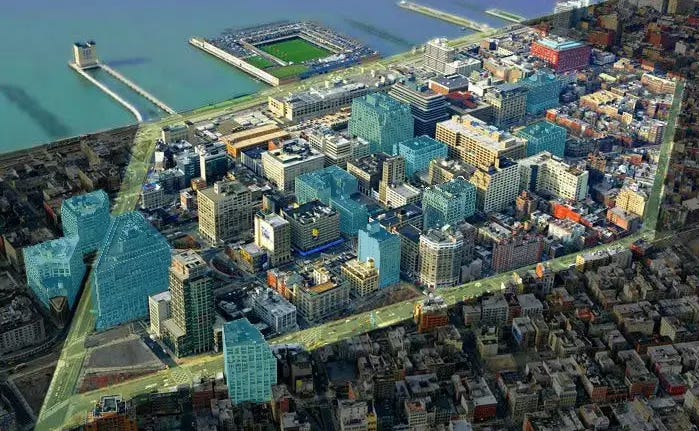
In 2018 the church sold Disney the rights to develop a site at 4 Hudson Square for 99 years, a deal valued at $650 million.
All told, Trinity Church’s portfolio is valued at a mind-boggling (and tax-exempt) 6 billion dollars.
Not to be outdone, just last month, the final piece of Hudson Square’s “Googleplex,” the tech giant’s 1.7 million-square-foot compound spread across three separate structures, opened its doors. COOKFOX designed the “biophilic office community” on top of the former terminus of the High Line.
EAR INN
In the middle of all his rampant development, occupying a federal-style building that has been virtually unchanged since it was built in 1817, is the Ear Inn, one of NYC’s oldest bars.
Built for James Brown, an African-American aide to George Washington in the Revolutionary War, the building was bought in the 1970s by master mariner, maritime historian, composer, performance artist, and journalist Captain Richard “Rip” Hayman and Martin Sheridan. Though the neighborhood has changed so much over the years (“In the evening, you can smell the Botox”), the Ear remains the same. There is an excellent piece about the bar in T Magazine.
The artist Shari Dienes lived upstairs; when Hayman wanted to buy the Ear, she sold a Rauschenberg for the cash to help pay for it. John Lennon hung out at the bar, and Allen Ginsberg recited his work at poetry readings. The red neon sign outside lured them all in..
SIGHTS AND SOUNDS
For this week’s field recording, I start near the Holland Tunnel ventilation tower before taking a detour down the West Side Highway and over to Varick Street, where a Hudson Square vested traffic officer beats down anyone daring to block her lane.
FEATURED PHOTOGRAPHER
The U.S. National Park Service (NPS) administers three programs: the Historic American Buildings Survey (HABS), the Historic American Engineering Record (HAER), and the Historic American Landscapes Survey (HALS). Starting as Depression-era work programs in 1933, the surveys have since grown into the country's most extensive archival collection of historic architectural, engineering, and landscape documentation.
The permanent collection of HABS/HAER/HALS is housed at the Library of Congress, where I found this wonderful set of photographs by Jet Lowe of the Holland Tunnel in the early 1980s.
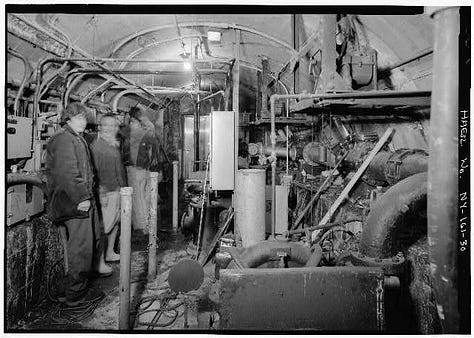
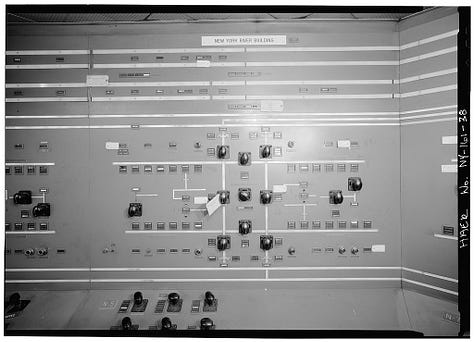
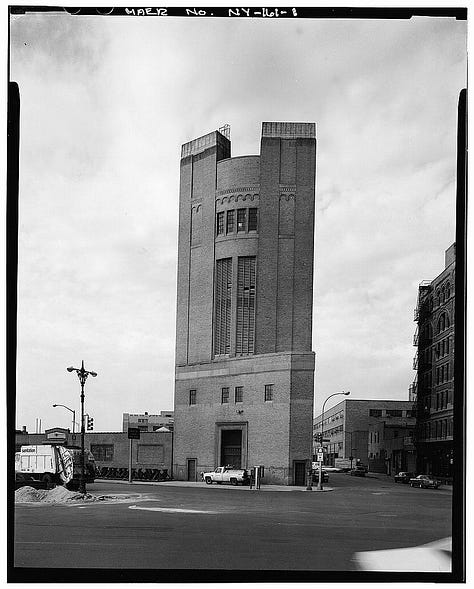
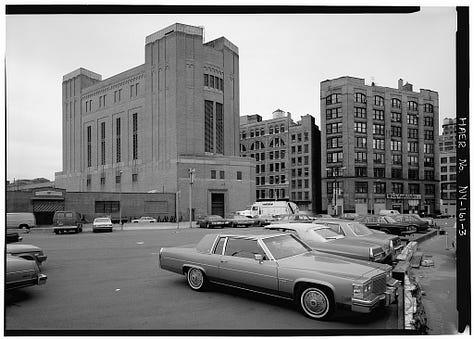
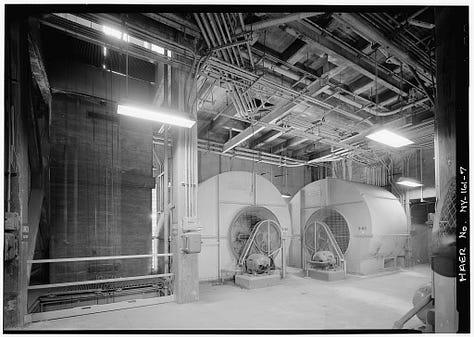
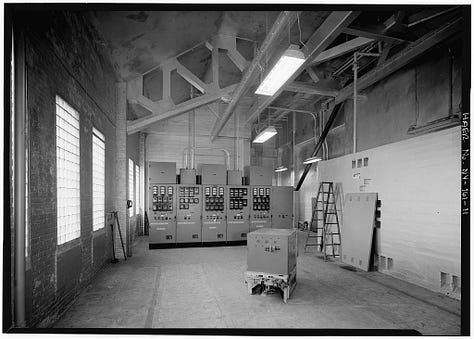
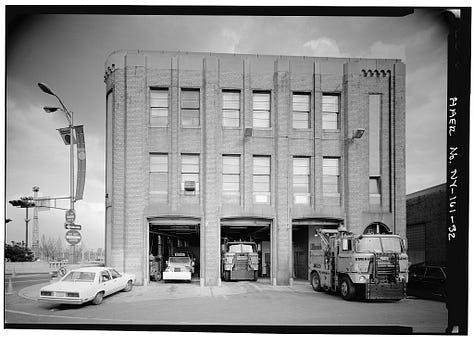
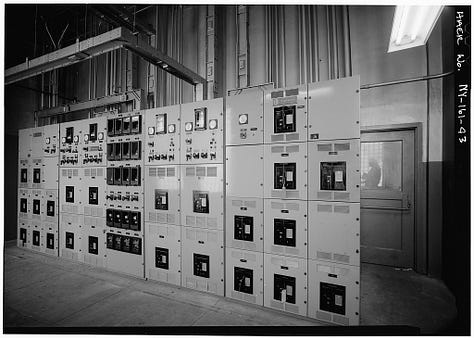
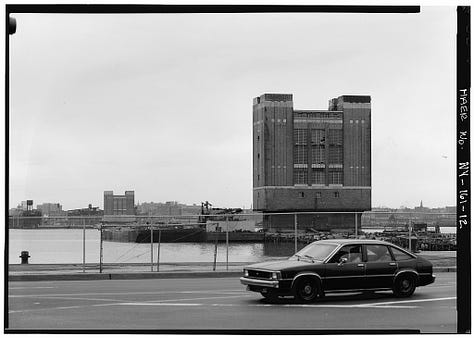
NOTES
I had no idea that the Half Note Club was once located in Hudson Square, on the corner of Hudson and Spring St., from 1957 to 1972. Maybe the greatest live guitar jazz recording of all time, Wes Montgomery’s Smokin’ at the Half Note, was recorded here. Actually, only the first side of the album was recorded live at the club, but that side alone should make this club holy ground. The building is slated to become a six-story mixed-use building.
Another Hudson Square landmark is Joanne Hendricks, Cookbooks, a bookstore on the ground floor of an 1823 Federal-style townhouse devoted to used and rare cookbooks.
Where else can you find a first edition of Peter Lund Simmonds’ 1859 classic, “The Curiosities Of Food; Or The Dainties And Delicacies Of Different Nations Obtained From The Animal Kingdom?” The book, which is available to read online, goes into great and somewhat nauseating detail about the broad spectrum of animal consumption practices in the mid-19th century - baked armadillo, anyone?
In Guatemala, there is a popular belief, that lizards eaten alive cure cancer. . . . The man who first eat a live oyster or clam, was certainly a venturous fellow, but the eccentric individual who allowed a live lizard to run down his throat was infinitely more so."
In the early 2000s, a good friend of mine lived on King St. His favorite place to eat was Le Pescadou, a neighborhood restaurant run by Chuck Perley, a larger-than-life Canadian who got his start as “Delivery Boy” in David Cronenberg’s 1975 Shivers. He also has a cameo in the 1985 Bon Jovi video “In and Out of Love,” possibly the first speaking role for an actor in a music video. Chuck’s part comes in 1:16.
Pescadou closed in 2006, and today, the space is occupied by the restaurant King, co-owned by
, whose recent coconut scone recipe is a 5/5.I made a playlist of performances from the Half Note and some of Rip Hyman’s (Ear Inn owner) ambient soundscapes.
https://www.hudsonsquarebid.org/about-hudson-square/about-the-neighborhood/

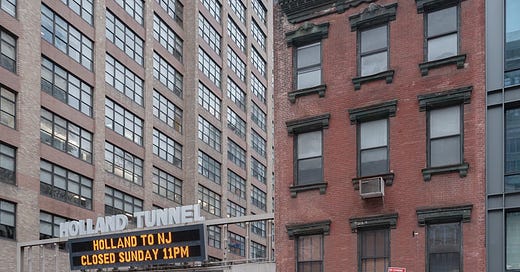





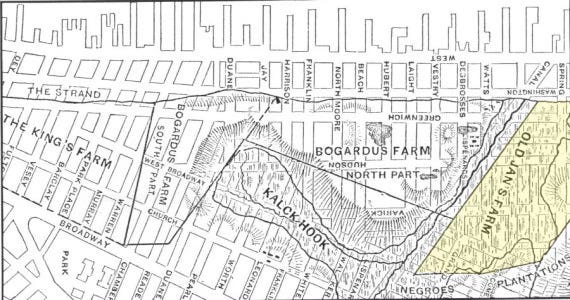



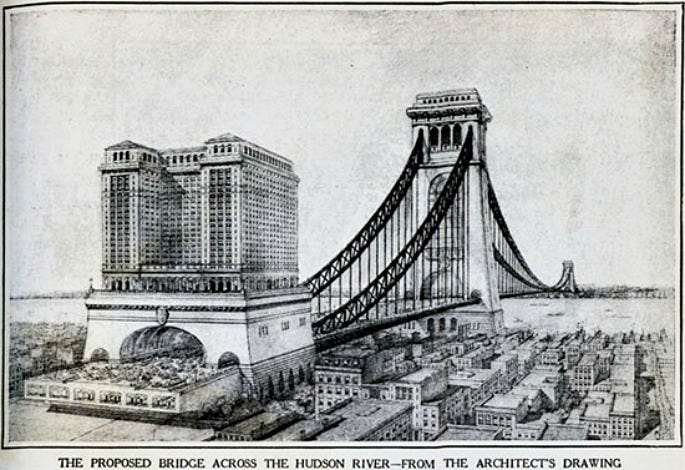

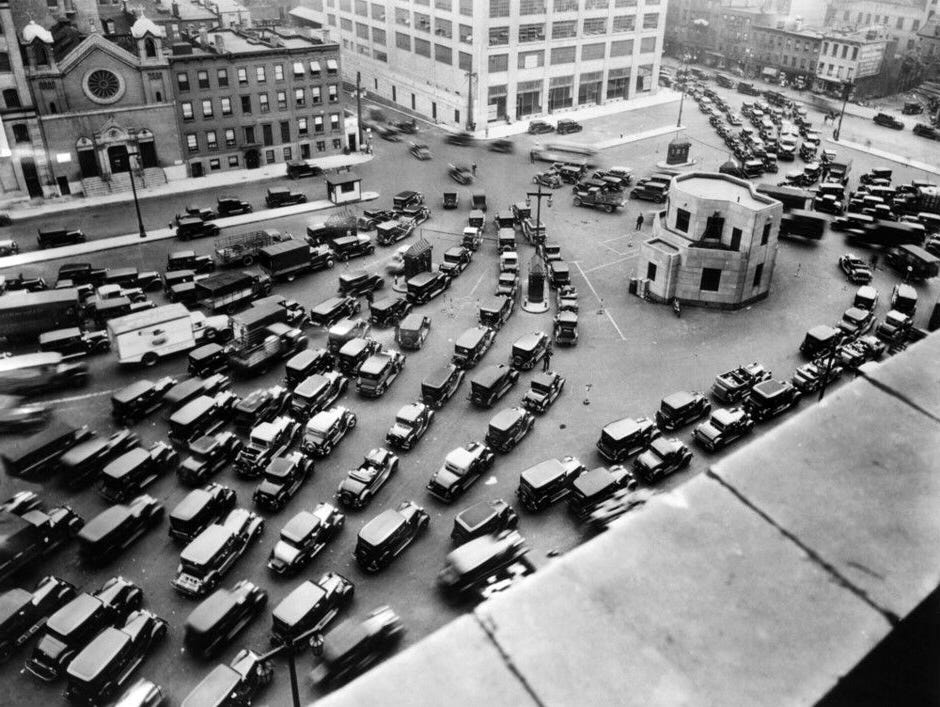
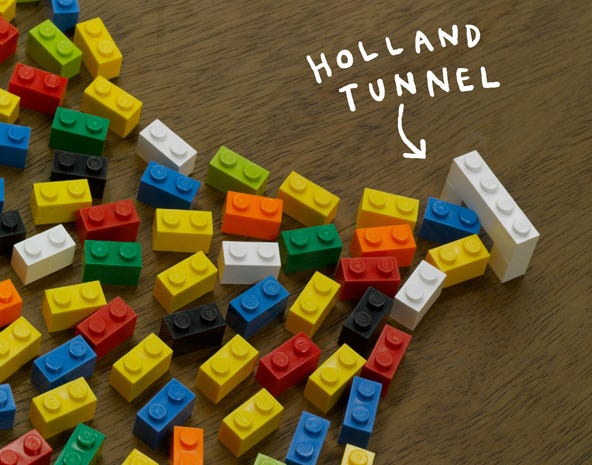
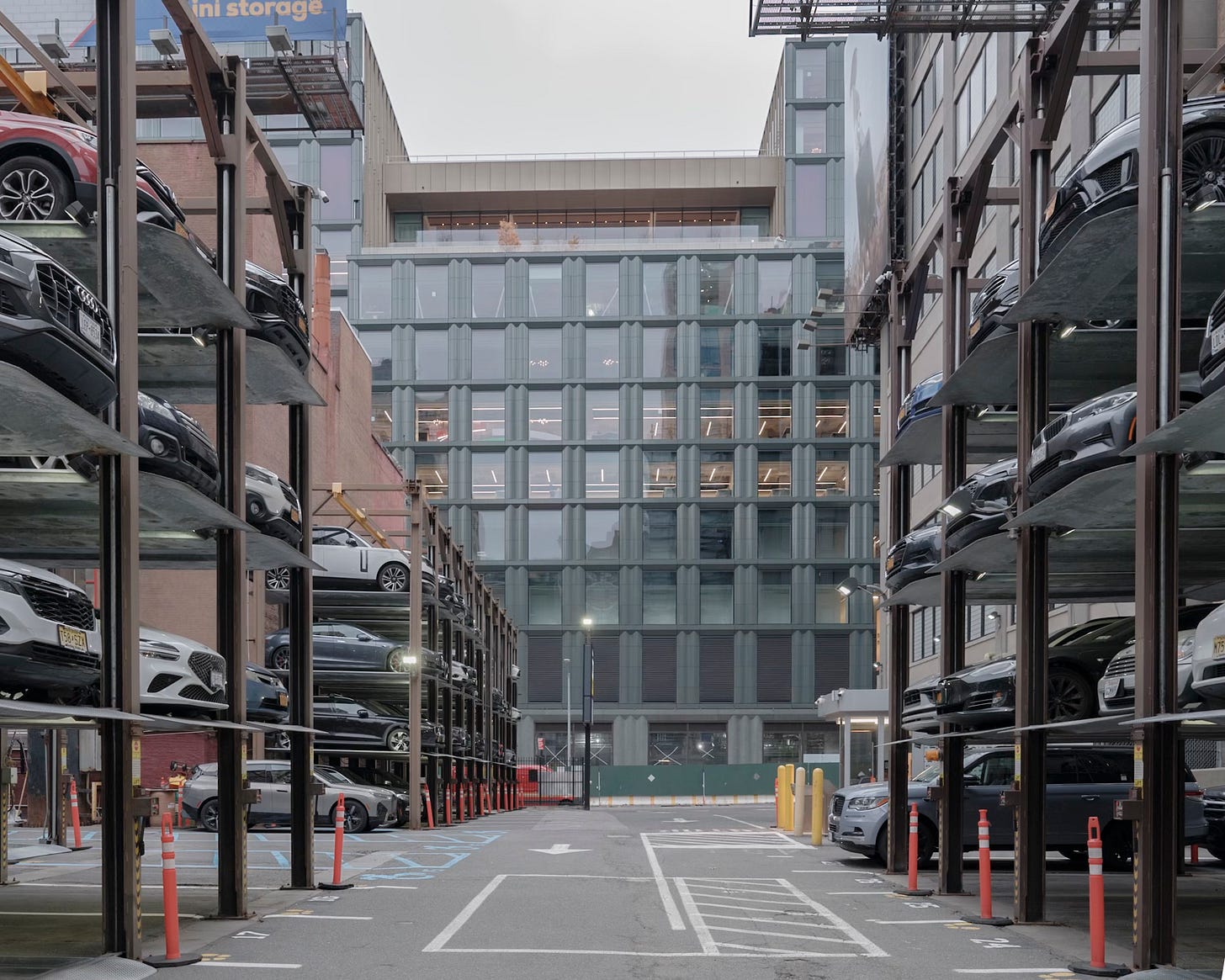
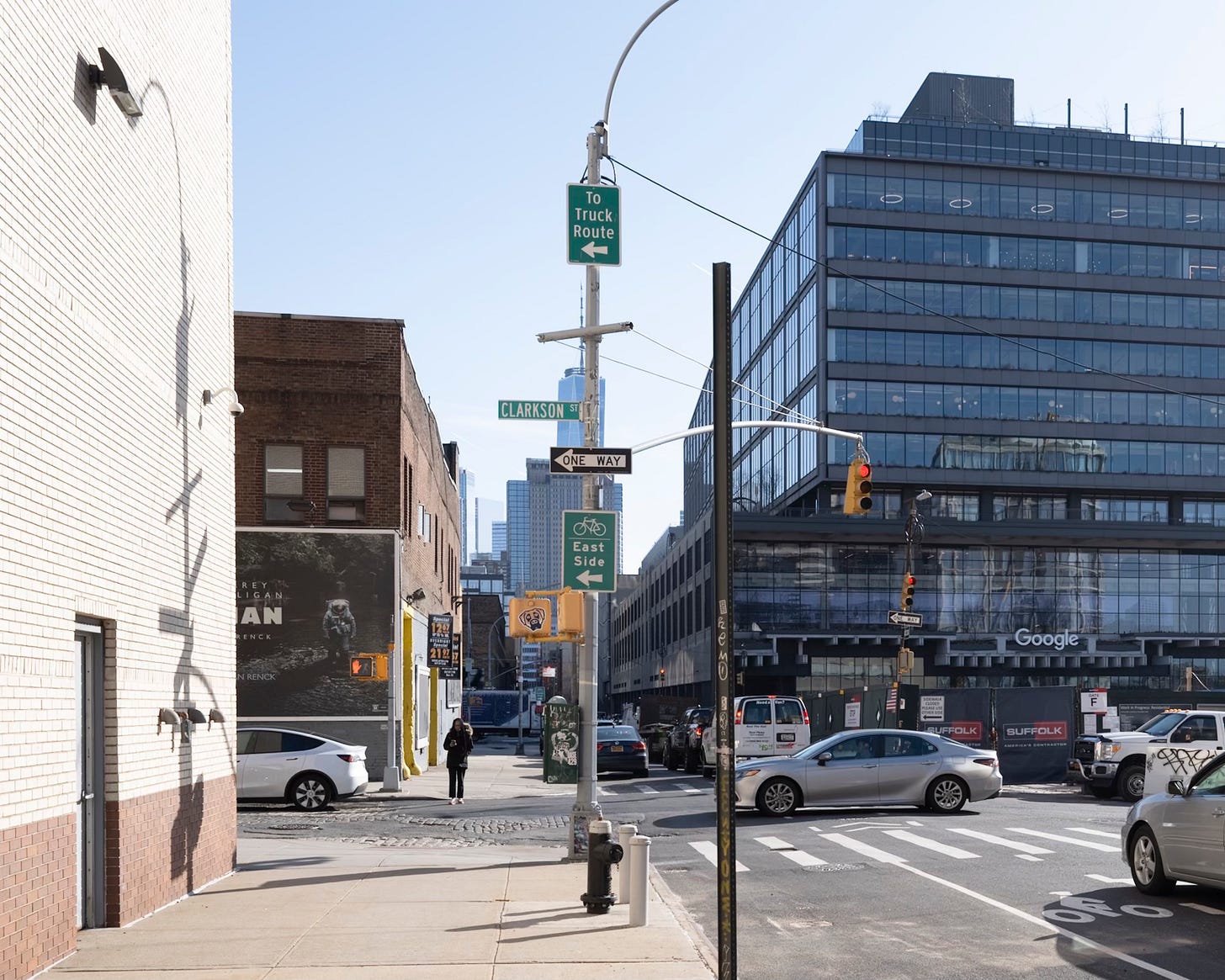



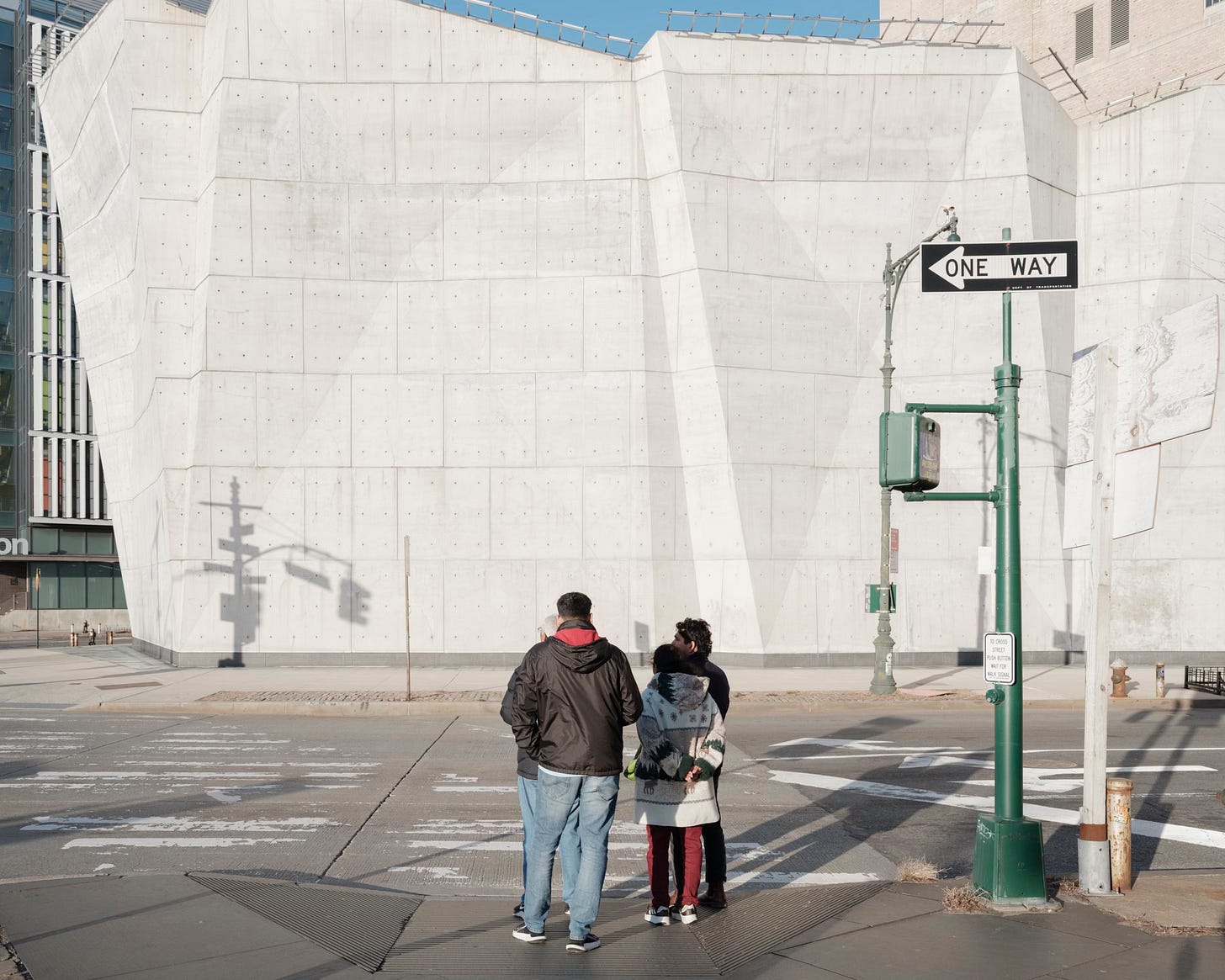
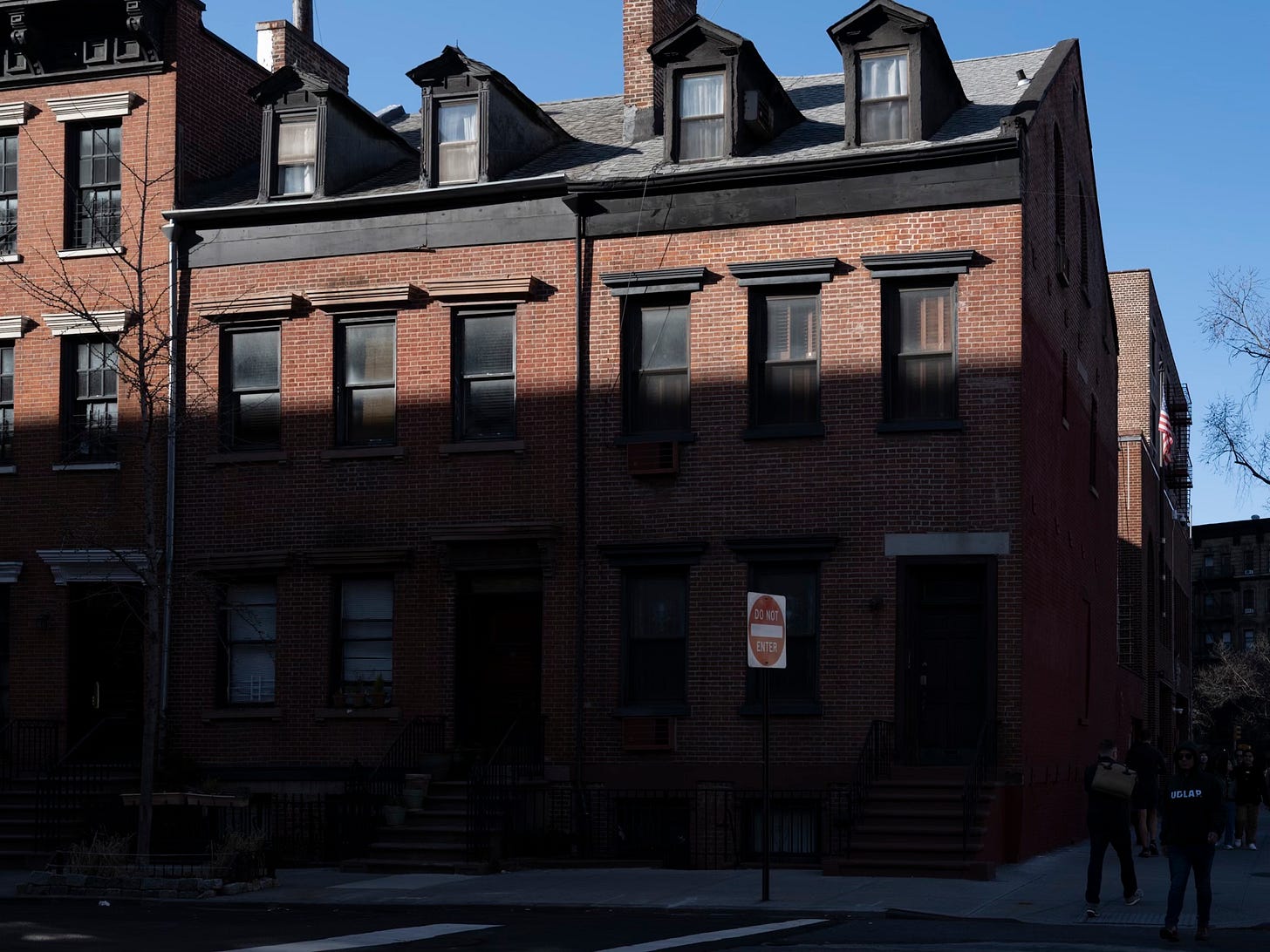

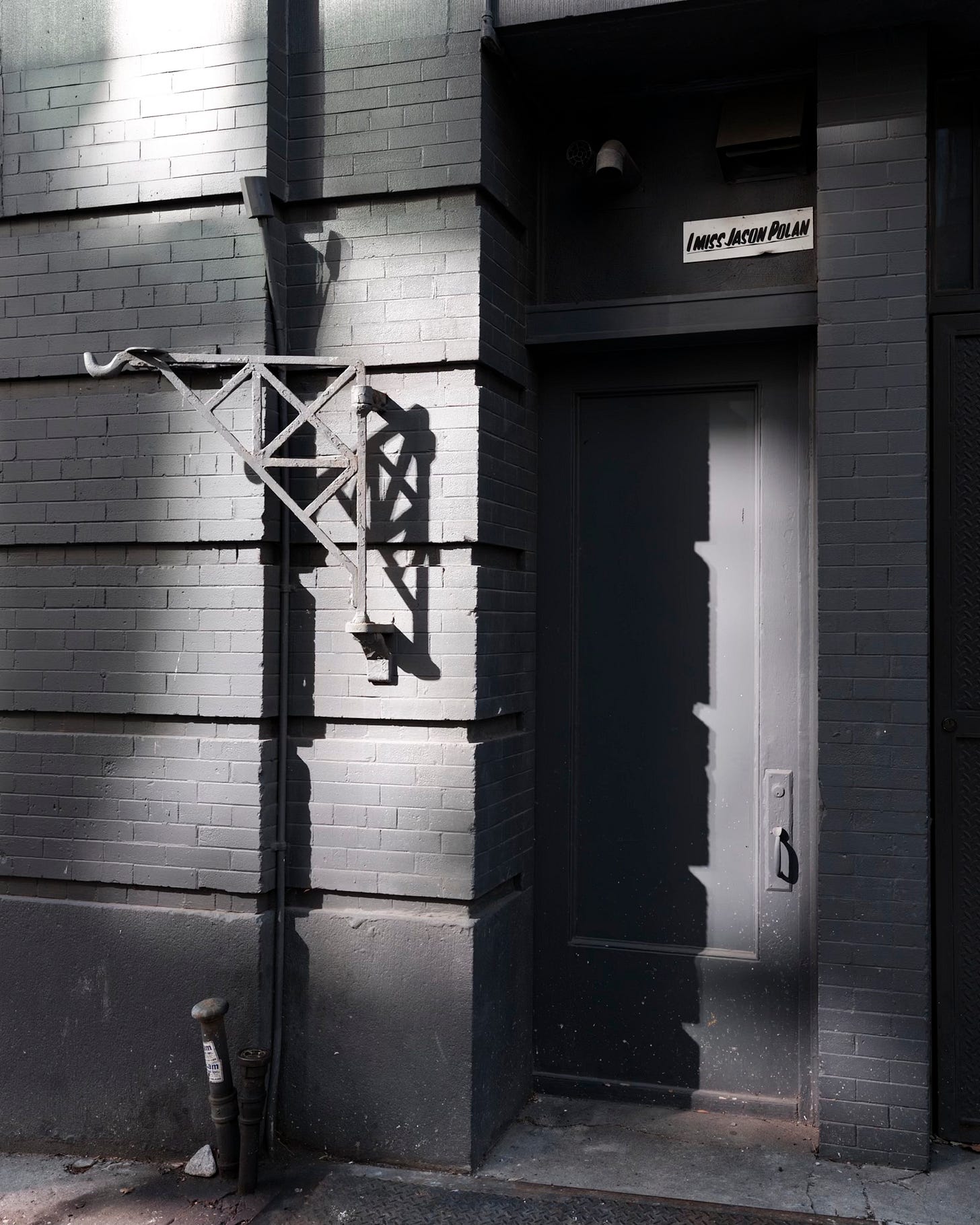
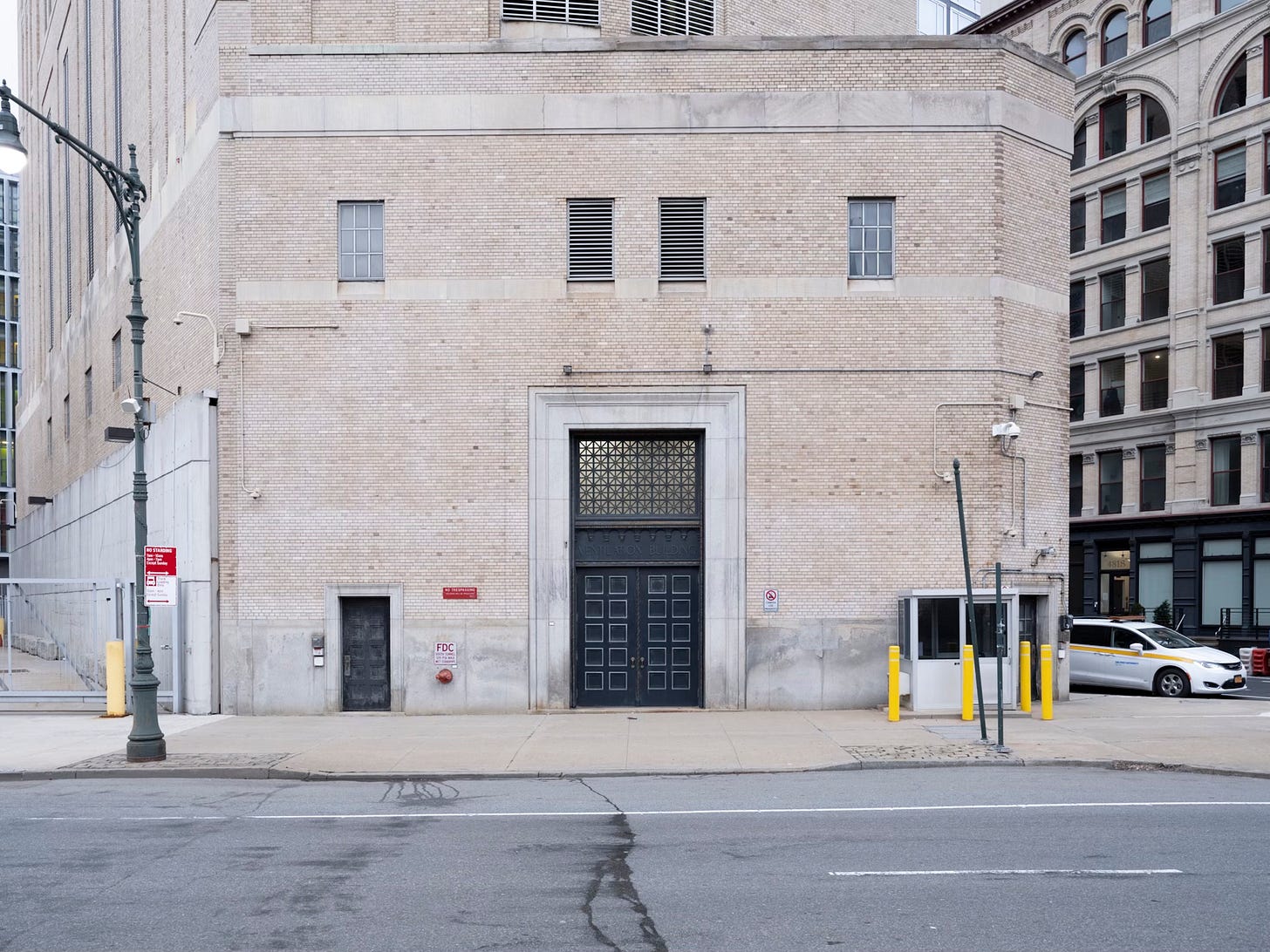
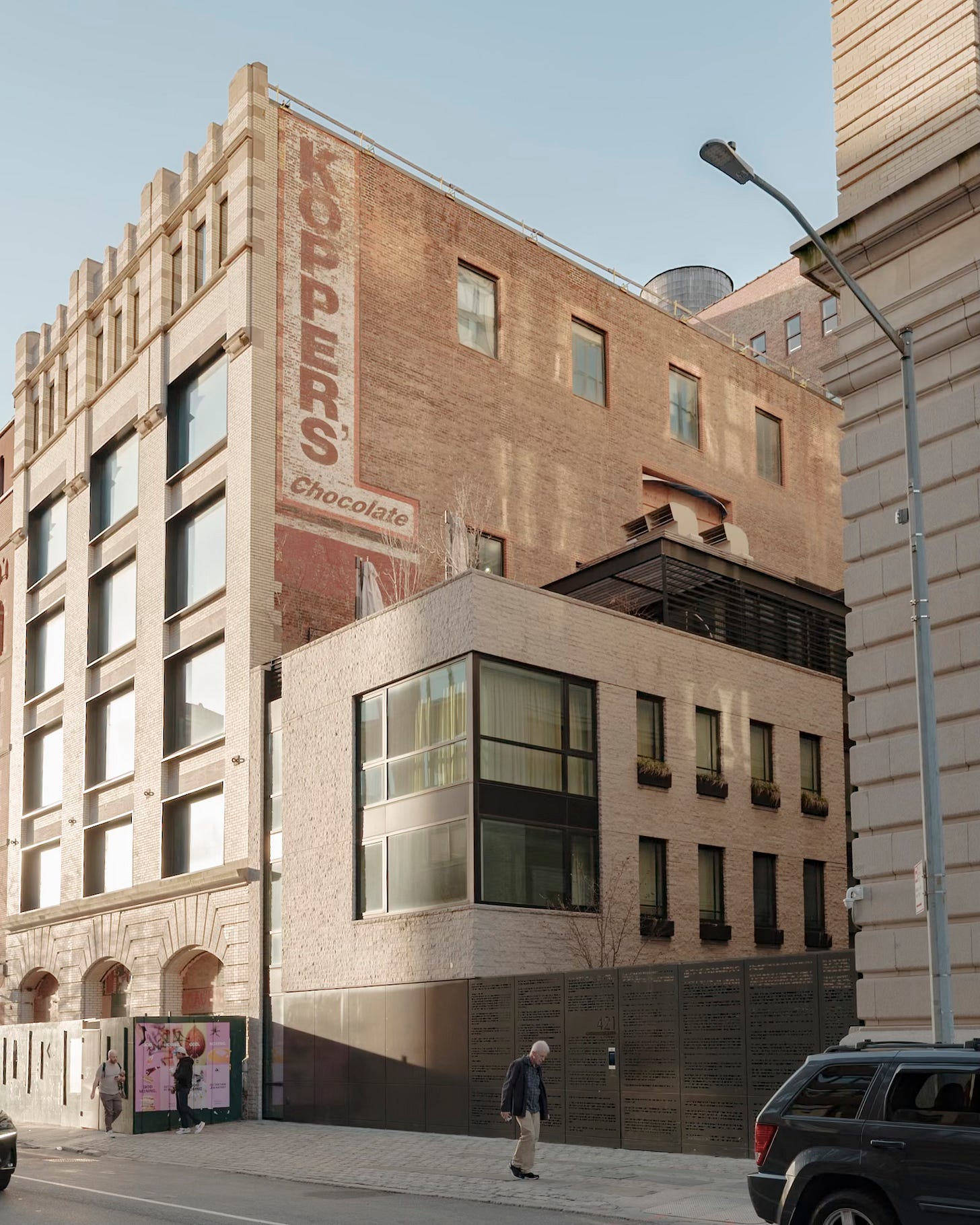
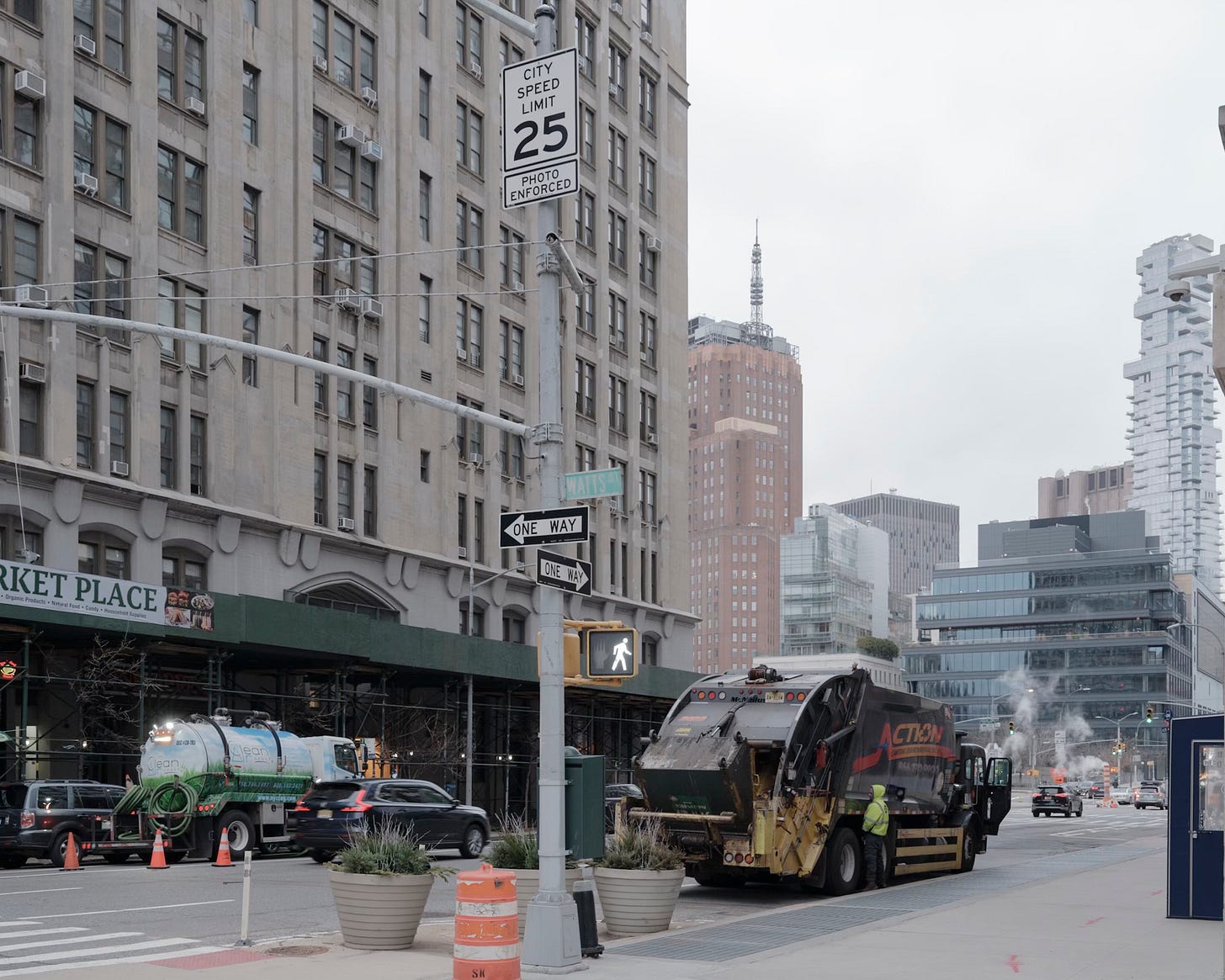

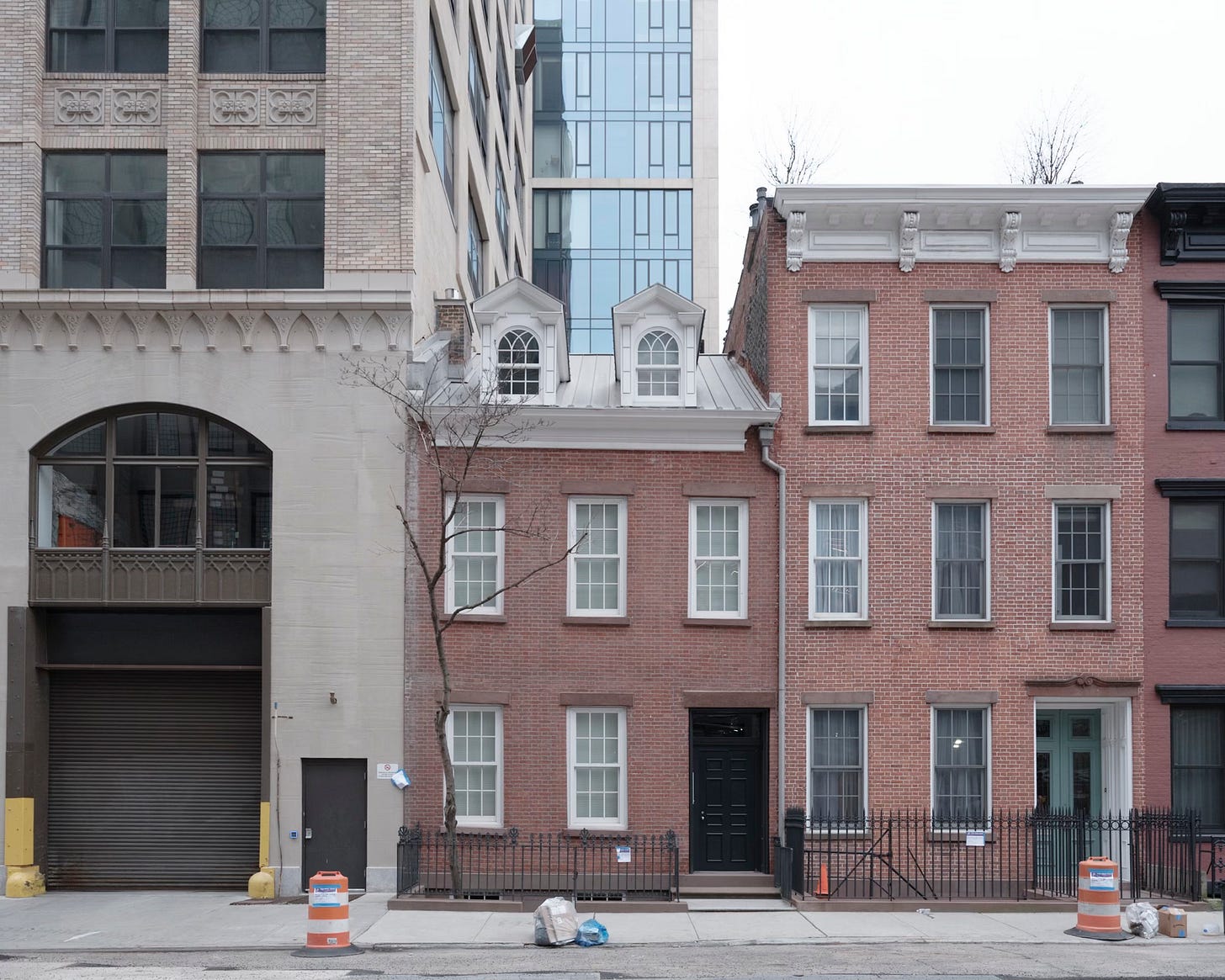



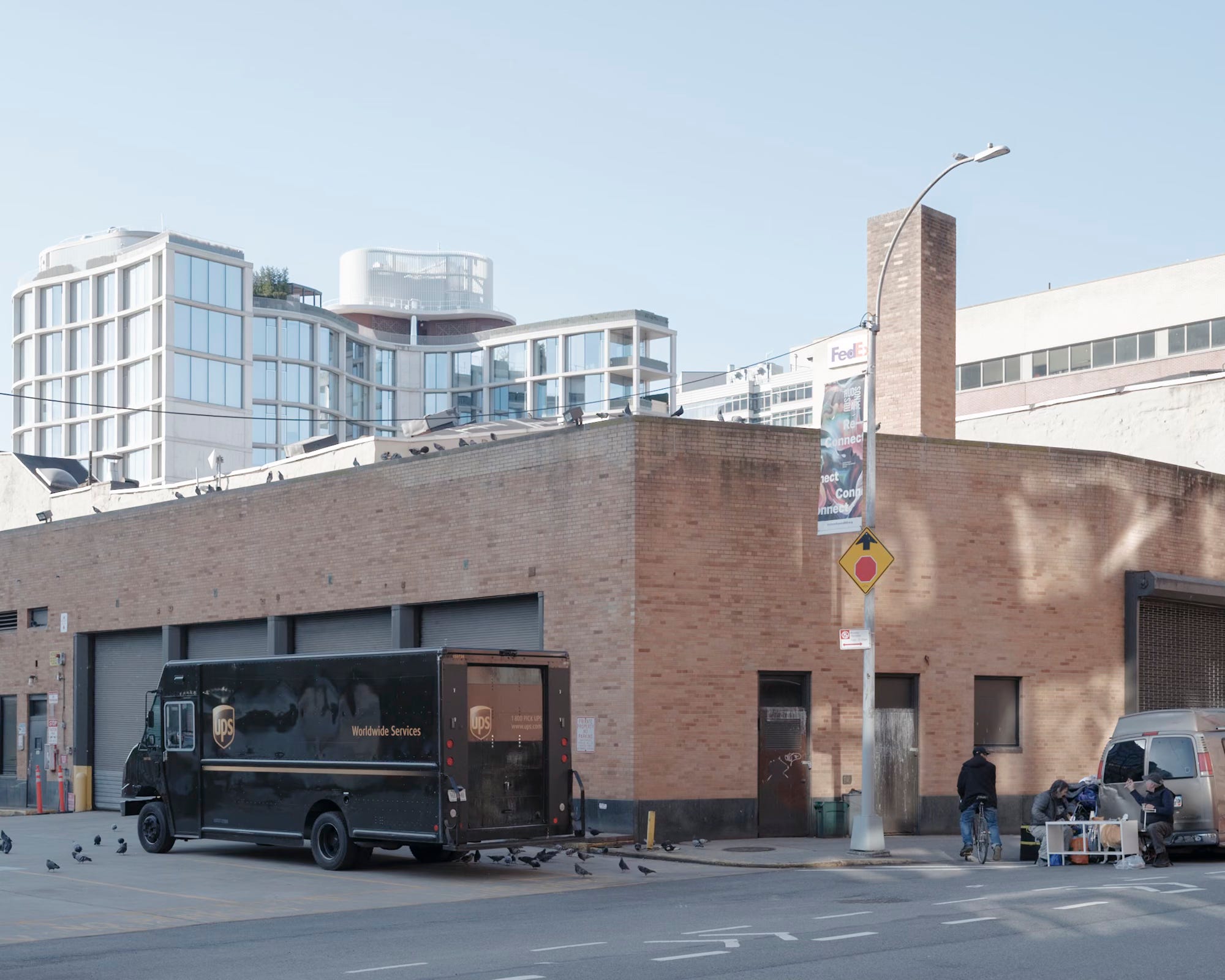

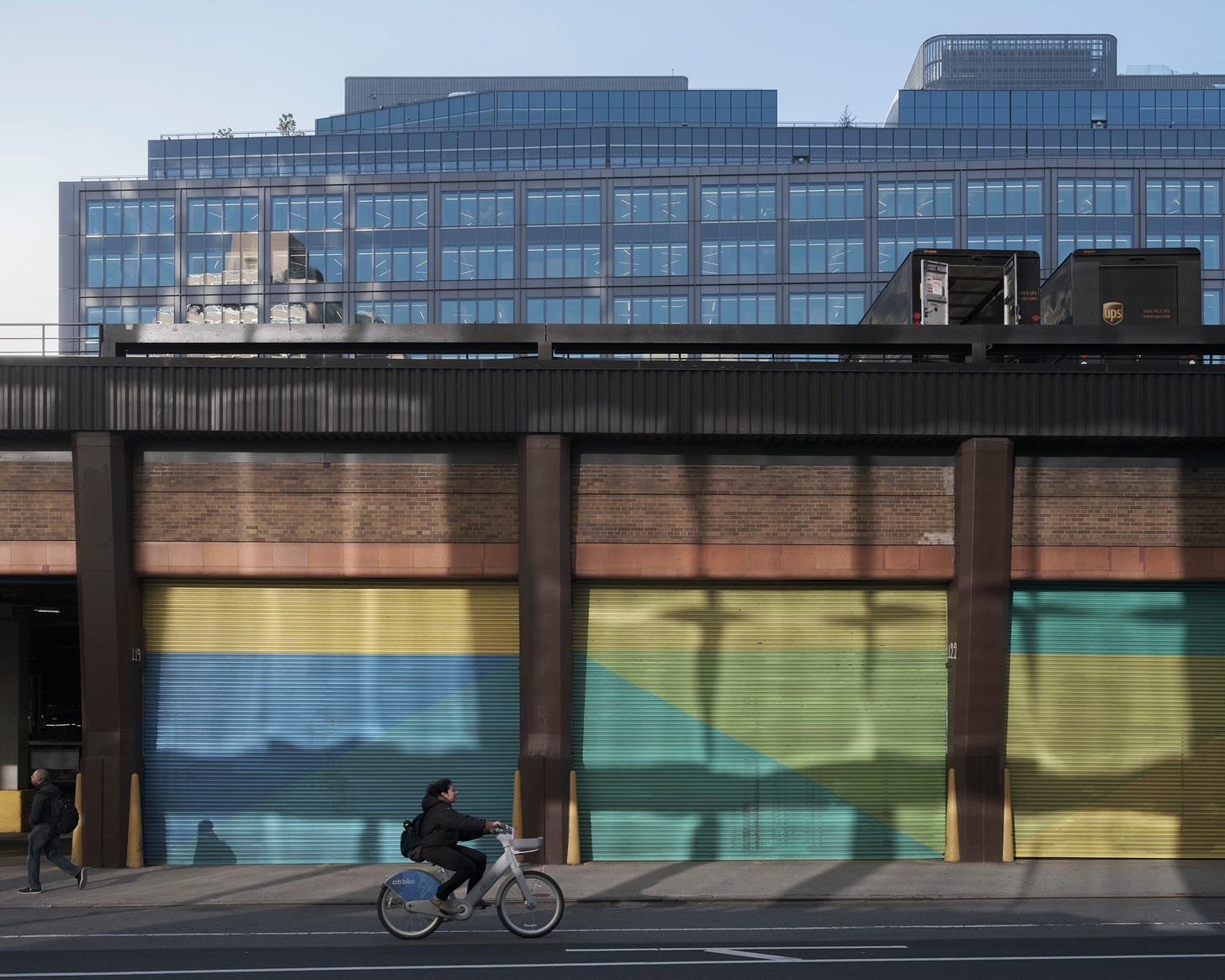
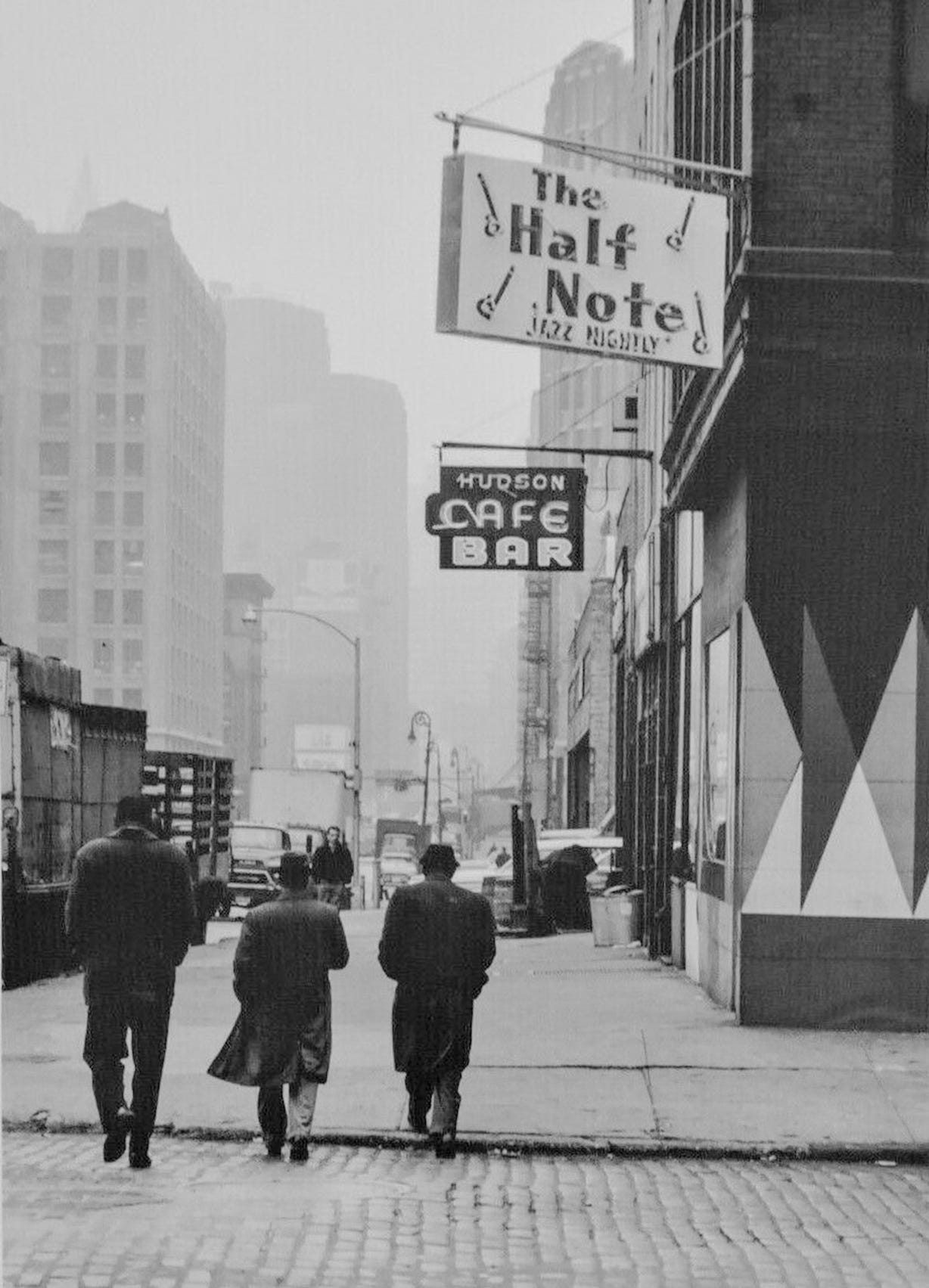

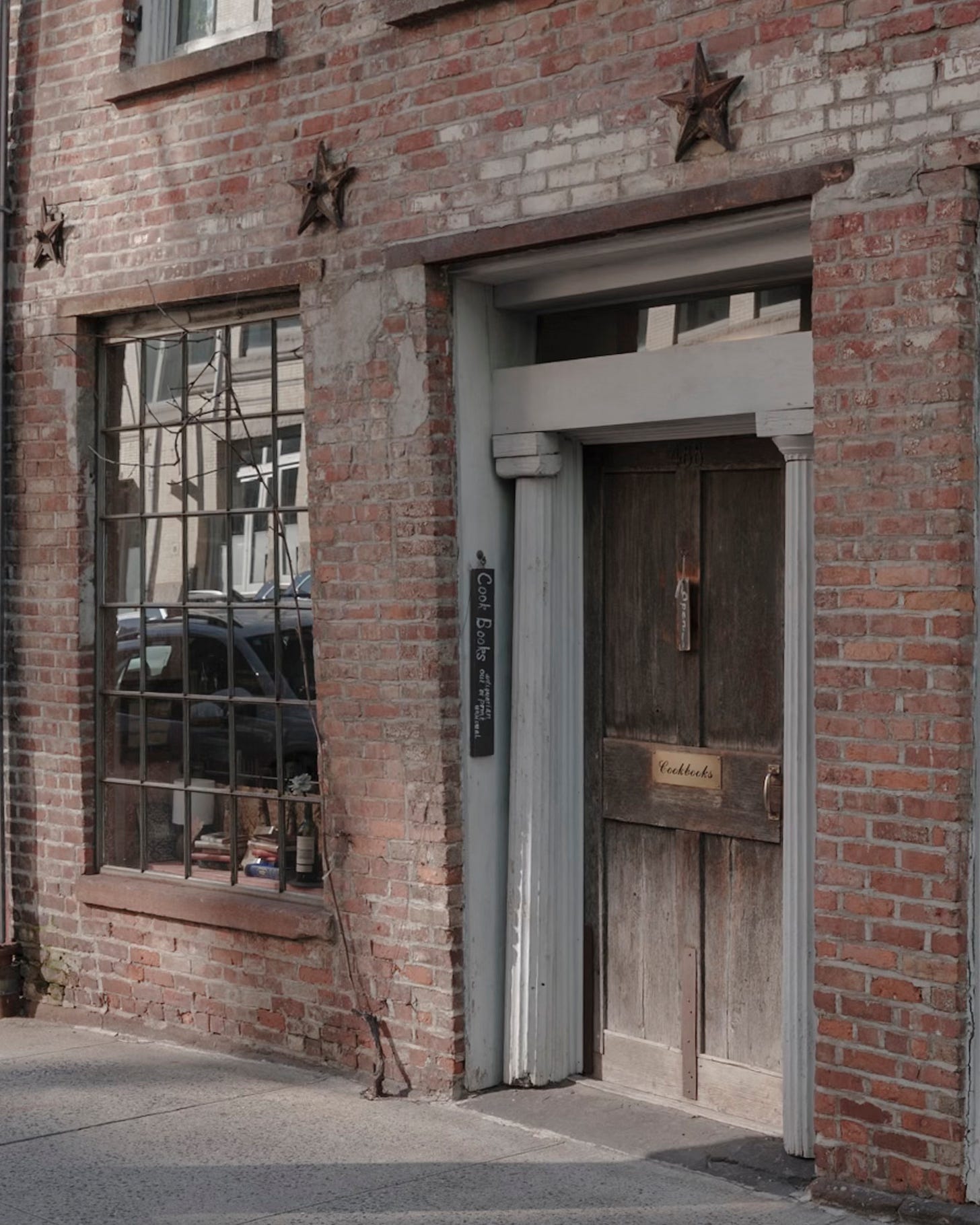
Love your article, specially the paragraph on alliterative amalgamation of artisans and auteurs! Second time in a row that you made me laugh.
Okay, I give up. Who is Jason Pollan?